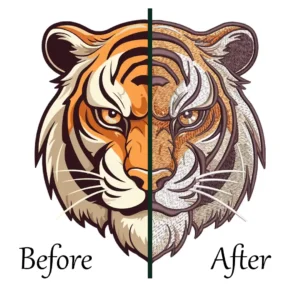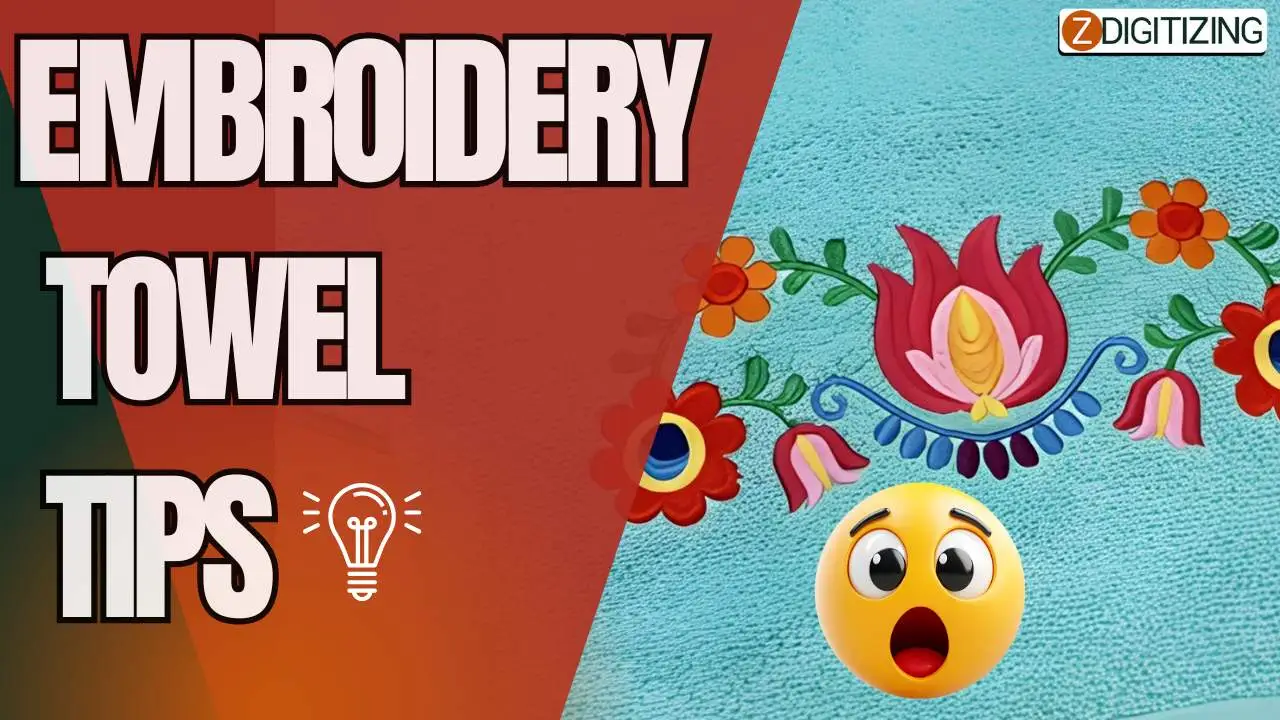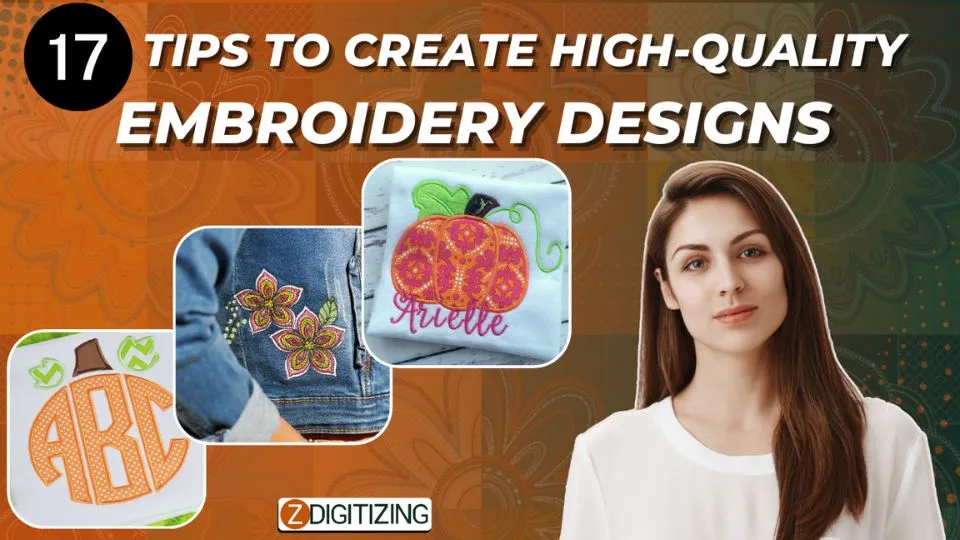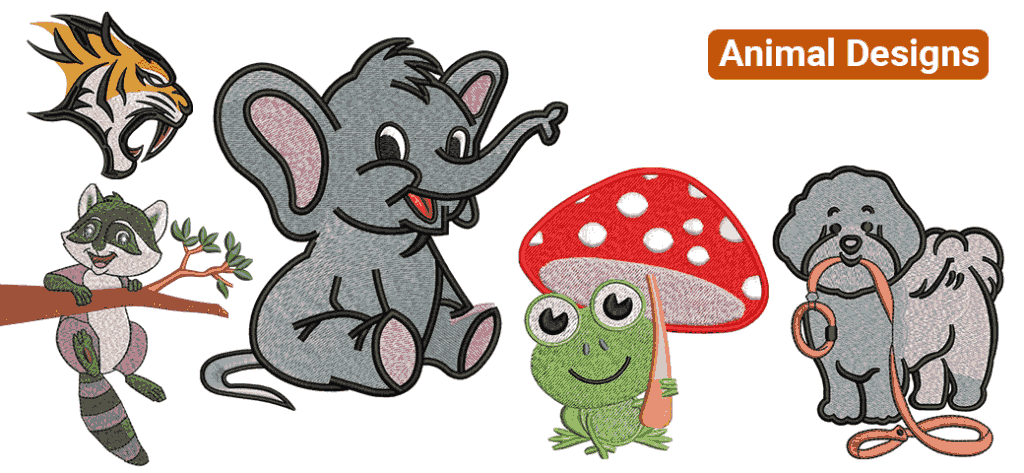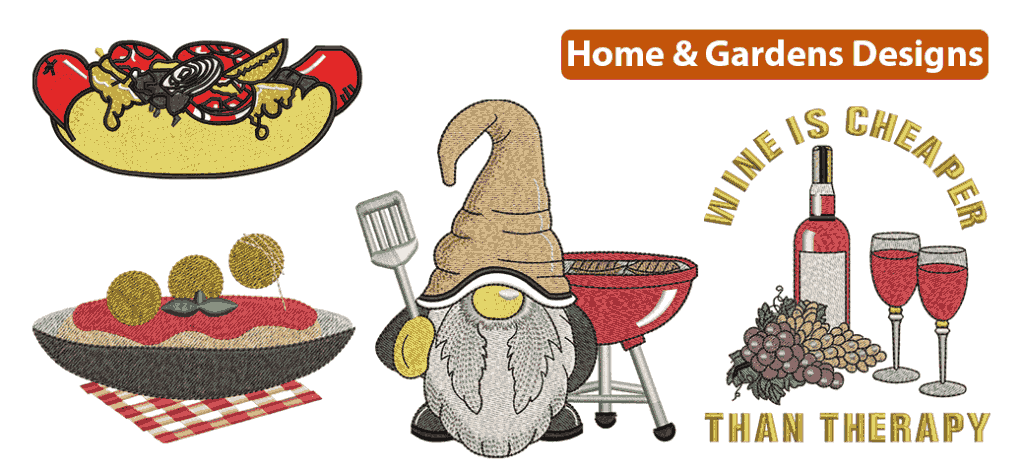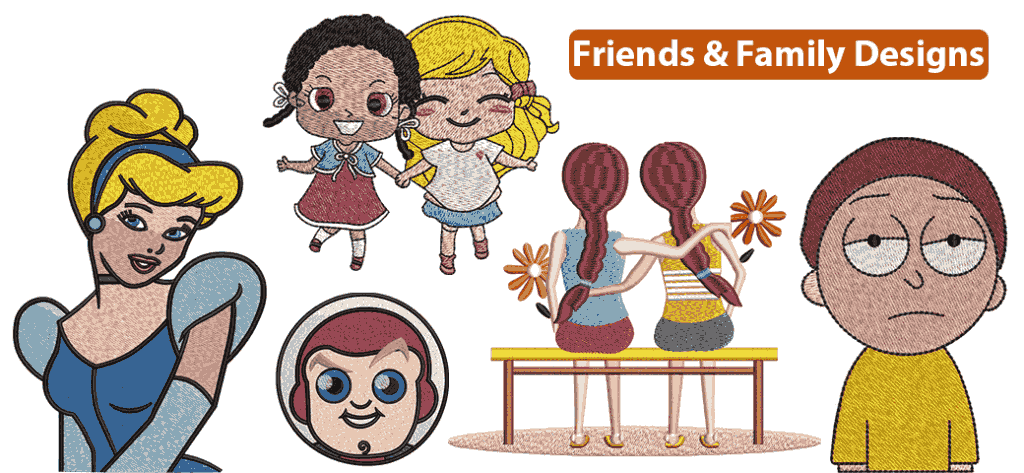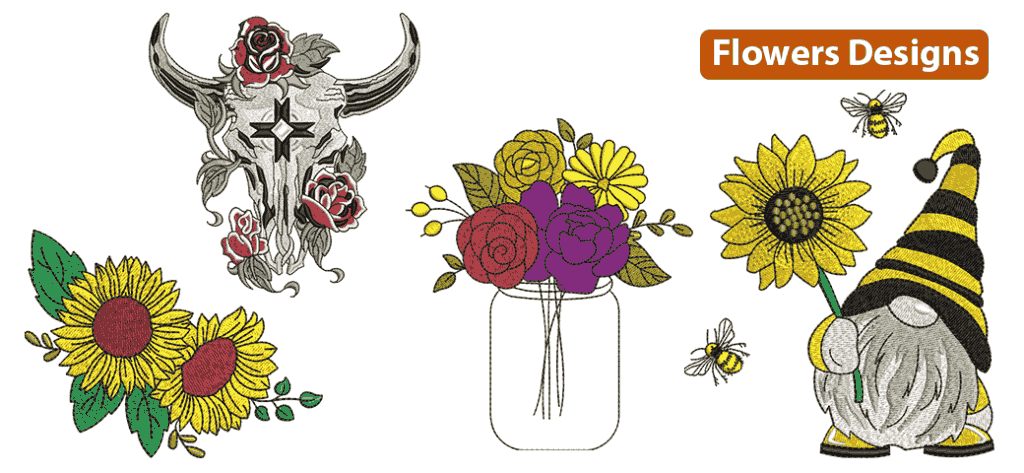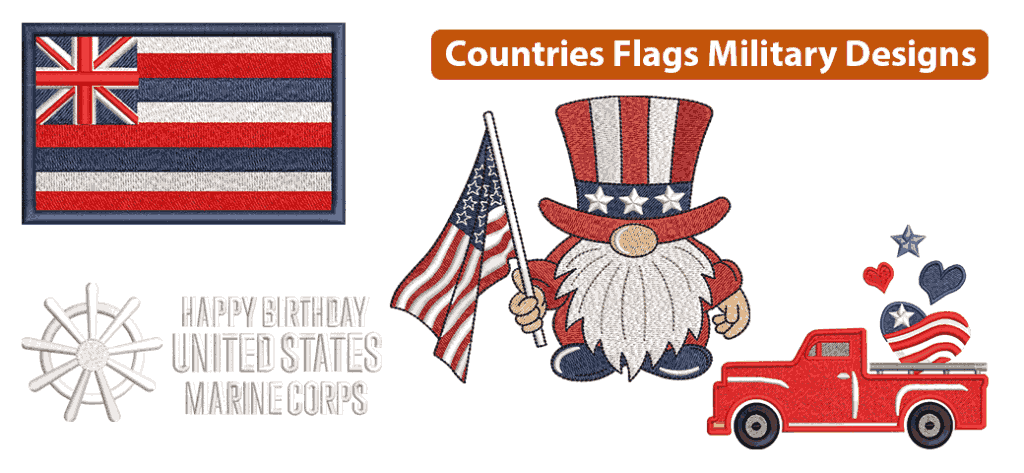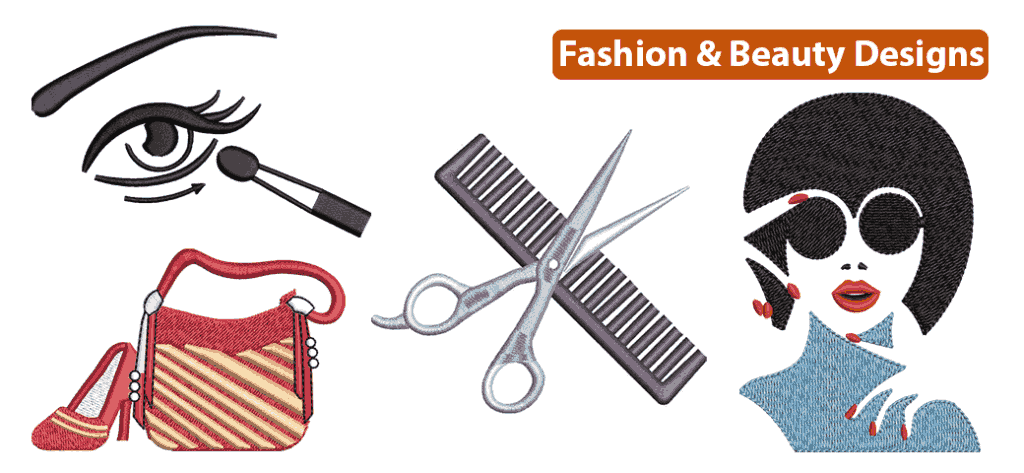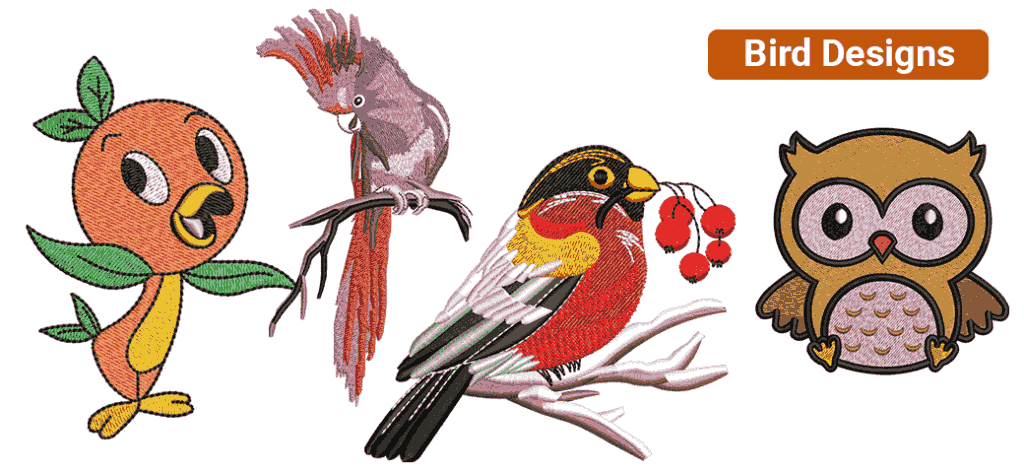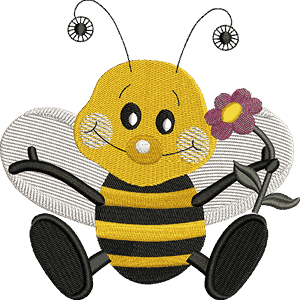In this article, we will provide you with comprehensive tips for perfectly embroidering on placemats.
Why Embroidering On Placemats Is Important
Why Embroidering On Placemats Is Important:
Embroidering on placemats is important as it adds a personalized touch and enhances the overall aesthetics of your dining table. With a wide range of machine embroidery placemat designs and colors to choose from, in the hoop placemat embroidery designs allows you to customize placemats to match your home decor or suit different occasions. Additionally, embroidery adds durability to embroidered placemats, making them vibrant even after repeated use and washing. Placemats To Embroider also serves as a thoughtful and memorable gift option for special occasions.

Embroidered placemats are not only visually appealing but also offer practical benefits. Machine Embroidery Designs For Placemats can protect your table from scratches and stains while providing an elegant backdrop for formal dinners and celebrations. For businesses in the hospitality industry, embroidered placemats can be a way to promote brand identity and create a professional impression. Overall, embroidery on placemats adds beauty, uniqueness, and functionality to your dining experience, making it an essential and valuable choice for both home and special events.
Tips for Embroidering on Placemats:
Embroidering on placemats can be a delightful and rewarding experience, allowing you to add a personal touch to your dining table. To achieve flawless results for machine embroidery placemat designs, it’s essential to pay attention to the finer details and follow a systematic approach.
Choose the Right Placemat Material:
Select in the hoop placemat embroidery designs made of durable and tightly-woven fabric, such as cotton or linen. These materials offer stability for embroidery and can withstand frequent use and washing without compromising the embroidery’s appearance.
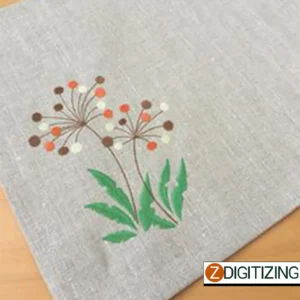
Pre-Wash the Placemats:
Before starting any embroidery work, it is crucial to pre-wash the Placemats To Embroider. This step ensures that any sizing, chemicals, or dirt present in the fabric are removed, creating a clean and suitable surface for embroidery.
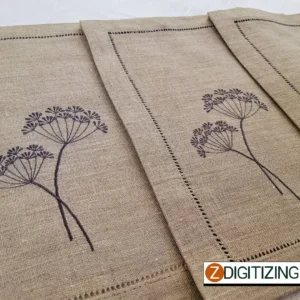
Stabilize the Fabric:
To prevent the fabric from puckering or stretching during embroidery, use an appropriate stabilizer. Hoop the placemat and stabilizer together, making sure the fabric is taut and the design is centered within the hoop.
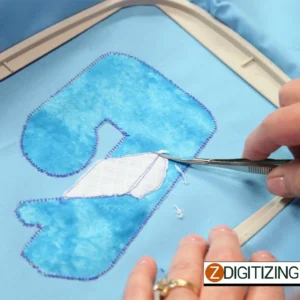
Choose the Right Embroidery Design:
Select embroidery designs that complement the Machine Embroidery Designs For Placemats style and theme. Simple and elegant designs work well for everyday placemats, while intricate or decorative designs may be more suitable for special occasions.
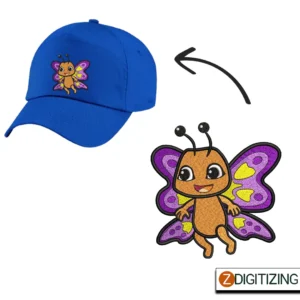
Test the Design on Scrap Fabric:
Before embroidering on the actual placemat, it is wise to stitch out the design on a scrap piece of fabric with similar properties. This allows you to evaluate the design’s size, positioning, and thread colors, ensuring they align with your vision.
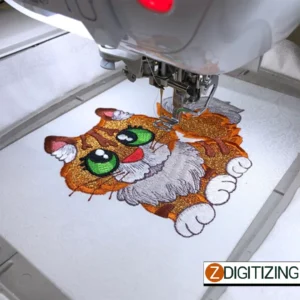
Use High-Quality Embroidery Thread:
Invest in premium-quality embroidery thread that is colorfast and durable. Cheap threads may fade or break over time, compromising the beauty and longevity of your machine embroidery placemat designs.
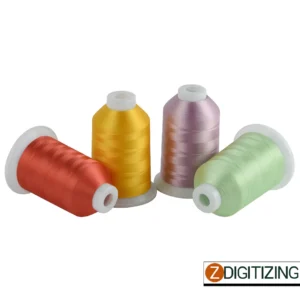
Secure Thread Tails:
To avoid unsightly thread tails on the backside of the placemat, use a small piece of tape or a basting stitch to secure the thread ends before starting and finishing each stitching.
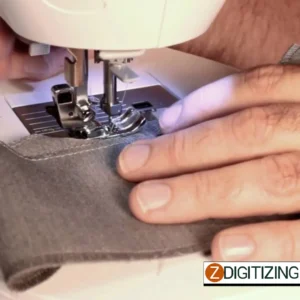
Mind the Placement:
Accurate placement is crucial for a professional finish. Use alignment marks on the hoop or fabric to ensure the embroidery design is centered or aligned correctly on the placemat
Stitch Slowly and Steadily:
Embroider at a moderate pace, allowing you to maintain control and precision throughout the process. Rushing through the stitching can lead to mistakes, especially with intricate designs.
Post-Embroidery Finishing:
After completing the embroidery, carefully remove the placemat from the hoop and trim any excess stabilizer. Give the placemat a final press with a hot iron to smooth out wrinkles and enhance the embroidery’s appearance.
Use the Right Needle:
Ensure you use the appropriate embroidery needle for the fabric and design. For tightly-woven fabrics like cotton, a sharp embroidery needle works best, while for loosely-woven fabrics like linen, a ballpoint needle prevents snags and damage.
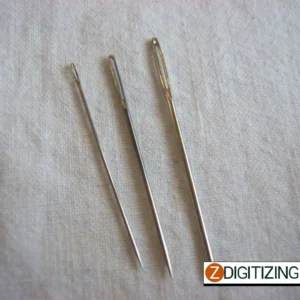
Consider Color Placement:
Plan the color sequence of your embroidery design carefully. This is particularly important for multicolored designs to avoid unnecessary thread changes and ensure a smooth stitching process.
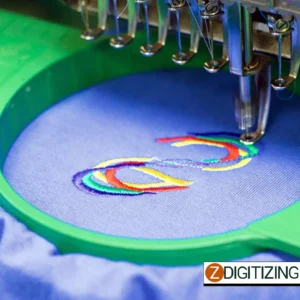
Maintain Tension:
Keep the fabric and stabilizer taut throughout the embroidery process. Loose fabric can lead to misalignment, puckering, or distorted designs, while excessive tension may cause fabric warping.
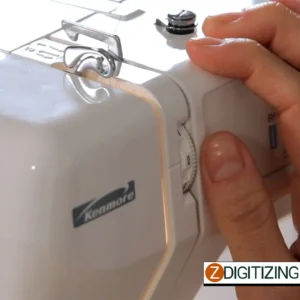
Opt for Simple Fonts:
If you’re adding text to your placemat, choose clear and legible fonts. Elaborate or overly intricate fonts might be challenging to read on a fabric surface, especially from a distance.

Customize with Monograms:
Personalize your placemats with monograms. Monogramming adds an elegant touch and can be used to identify individual settings for family members or guests.
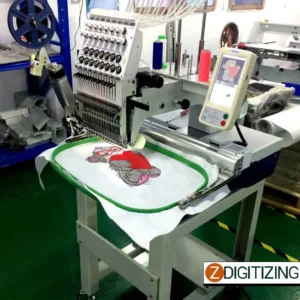
Proper Hooping:
Ensure the placemat fabric is hooped securely with the stabilizer, avoiding wrinkles or distortions. A well-hooped fabric ensures accurate and even stitching.
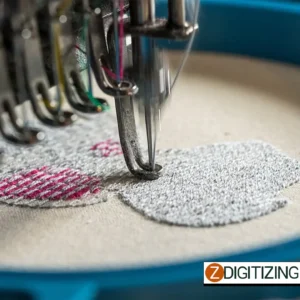
Check Tension:
Regularly check the thread tension during embroidery. Adjust the tension settings on your machine if needed to avoid loose or tight stitches.
Test Stitch Density:
If using dense embroidery designs, test a sample on a similar fabric before stitching on the placemat to ensure it doesn’t cause the fabric to pucker or become too stiff.

Secure Thread Ends:
After completing each color segment, tie off or bury the thread ends to prevent unraveling and messy backings on the reverse side of the placemat.
Use Soluble Topping:
When embroidering on textured fabrics like terry cloth or velvet, consider using a water-soluble topping to prevent the stitches from sinking into the fabric pile.
Stabilize Thin Fabrics:
For thin or delicate fabrics, use tear-away stabilizer with an adhesive spray or backing to prevent shifting or damage during embroidery.
Resize Designs:
If necessary, resize embroidery designs to fit the placemat properly. Avoid stretching or distorting the design during resizing to maintain its integrity.
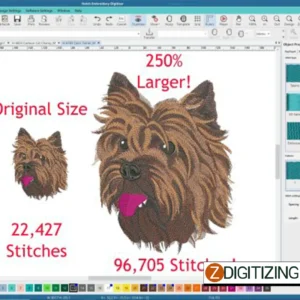
Combine Techniques:
Experiment with combining embroidery techniques like appliqué, cross-stitch, or free-motion embroidery to create unique and visually appealing designs.
Add Embellishments:
Enhance your embroidered placemats by adding embellishments like beads, sequins, or ribbons to add texture and interest to the design.
Remember to practice your embroidery skills and experiment with different techniques on scrap fabric before working on the actual placemats. Take your time, be patient, and enjoy the creative process.
Winding up:
Embroidering on placemats can be a delightful and creative endeavor, and following these detailed tips will help you achieve flawless results. By paying attention to material selection, design choice, stitching techniques, and post-embroidery finishing, you can create stunning and personalized placemats that will impress your family and guests alike. So, let your creativity soar and embark on an exciting embroidery journey for your dining table! Happy stitching!
Looking to digitize your embroidery designs? Look no further than ZDigitizing – a reputable and experienced company offering comprehensive digitizing and vector art services globally. With fast turnaround and top-notch quality, ZDigitizing is the perfect solution for all your digitizing needs. Visit our website now to get a complimentary quote in under 5 minutes and enjoy an exclusive 50% discount on your first order for potential customers. Don’t miss out on this incredible offer!
Hope it will be helpful for you guys!
If there’s any question related to this article you can simply ask in the comment section and don’t forget to share with those you think might be helpful for them.
And finally, thanks for reading!
Frequently Asked Questions:
To embroider a placemat, choose a design, stabilize the fabric with an embroidery hoop, and use an embroidery machine or hand embroidery to add the desired design to the placemat.
For easy and fast placemats, use pre-cut fabric or placemat kits, opt for simple designs, and use fusible interfacing to quickly assemble and finish the placemats.
Cotton, linen, and polyester blends are popular choices for placemats as they are durable, easy to clean, and come in a variety of colors and patterns.
Typically, a placemat requires a piece of fabric measuring around 14 inches by 18 inches, but it can vary depending on the desired size and shape of the placemat.
The placemat format refers to the layout and design of the placemat, including its size, shape, and any decorative elements such as embroidery, appliqué, or printed patterns.

